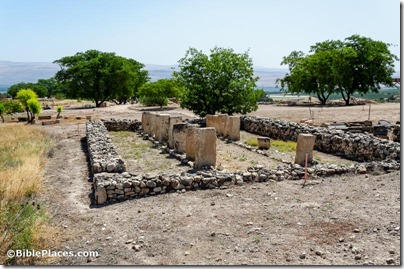Thanks to everyone who participated in our first survey. We had about 70 responses, a small enough number to keep us from drawing any significant conclusions. The winner was Jerusalem.
Perhaps we should have excluded Jerusalem, for its centrality in Jewish and Christian history makes it hard to beat. We expect that some of you took the survey as if Jerusalem was not an option, or we may have seen higher than 30% for Jerusalem. Of those votes, most selected a specific site in the city: 3 chose the Temple Mount, and 2 votes each went to the City of David, Hezekiah’s Tunnel, and the Mount of Olives. (The Garden Tomb and Holy Sepulcher each received one.)
Outside of Jerusalem, the Sea of Galilee was at the top of the list. Because that can be considered a region with multiple sites, we can look on to a tie at third place between Caesarea Philippi and Hazor (four votes each). Personally I’m surprised by that result. In my experience, tourists enjoy Caesarea Maritima (one vote) more than Caesarea Philippi and Megiddo (one vote) more than Hazor. Shiloh and En Gedi fared well with three votes each.
We do have some pretty nerdy readers to judge from the votes cast for Jezreel, Tel Burna, Gibeon, and Omrit. Those all tied Masada, Capernaum, and Beth Shean (one vote) and beat out Beersheba, Bethlehem, Nazareth, Mount Carmel, and Ein Harod (no votes). But as we noted in the beginning, the results could have been quite different with more responses.
Thank you for participating. We’ll plan to have another survey next week.

